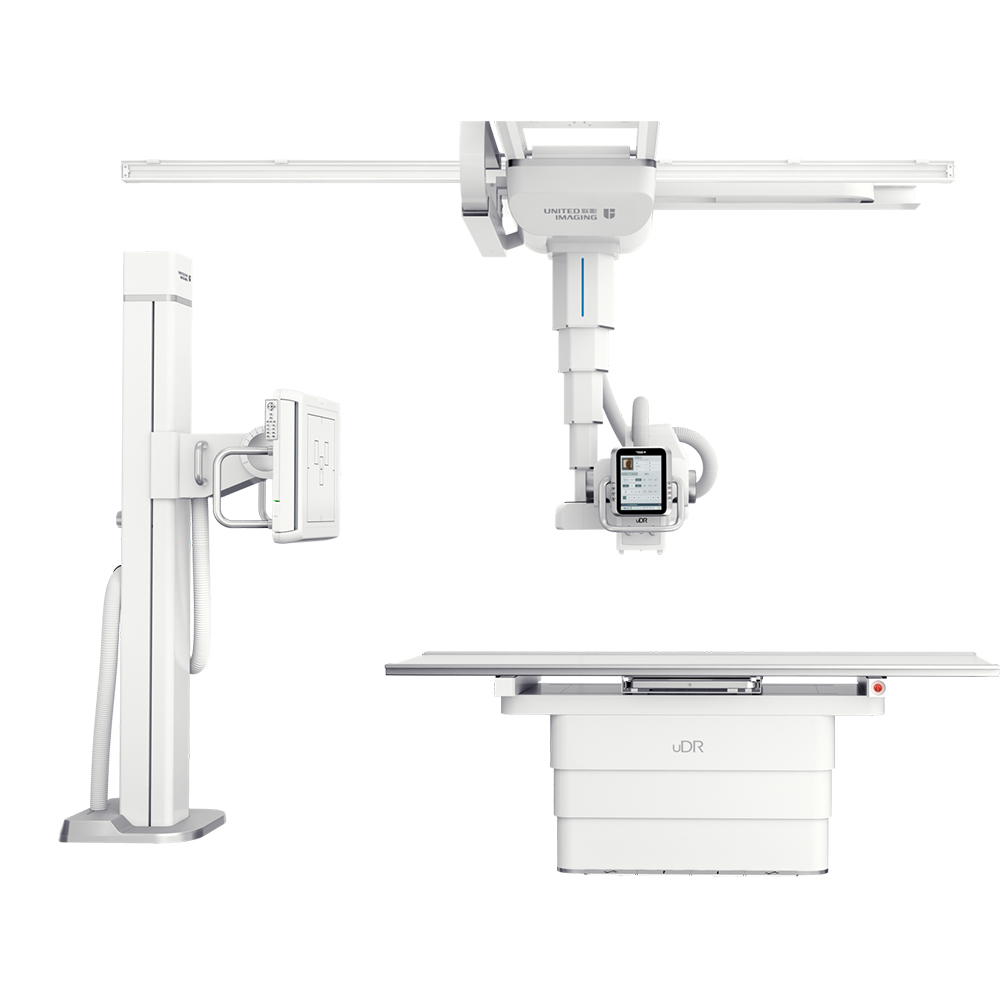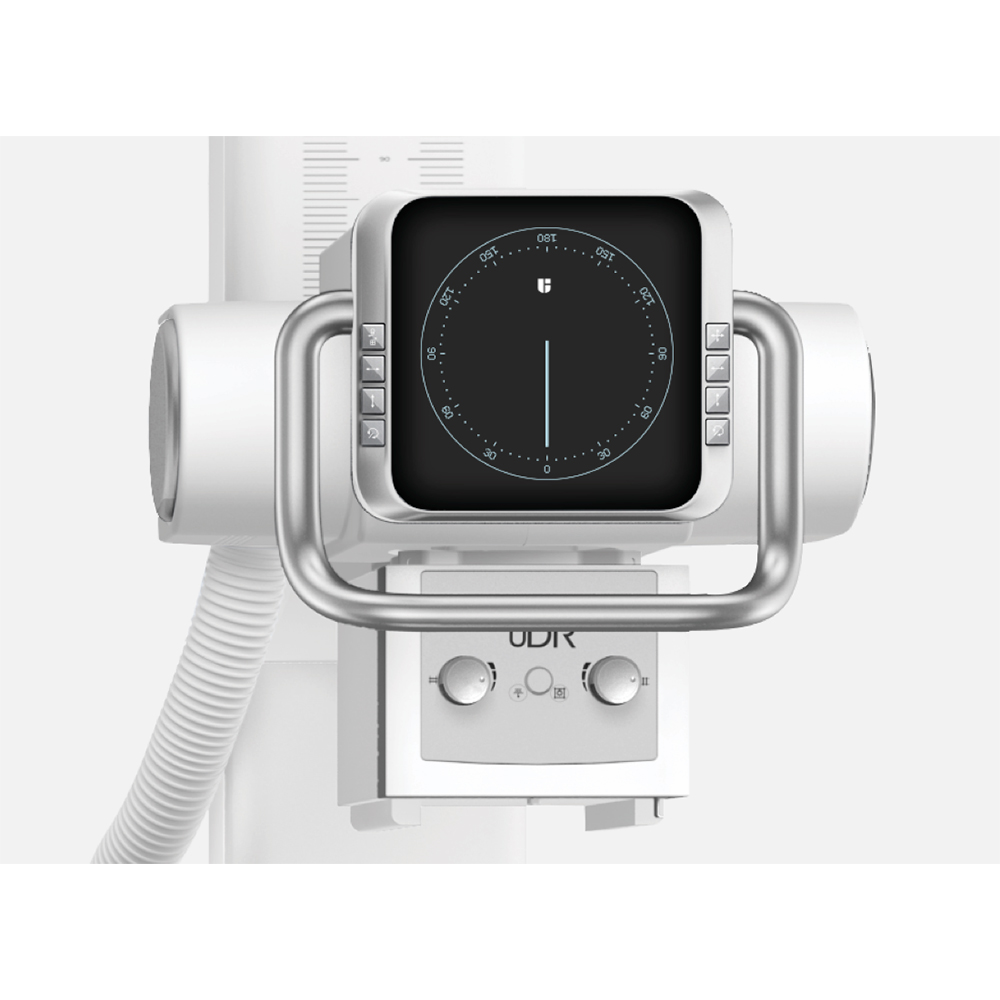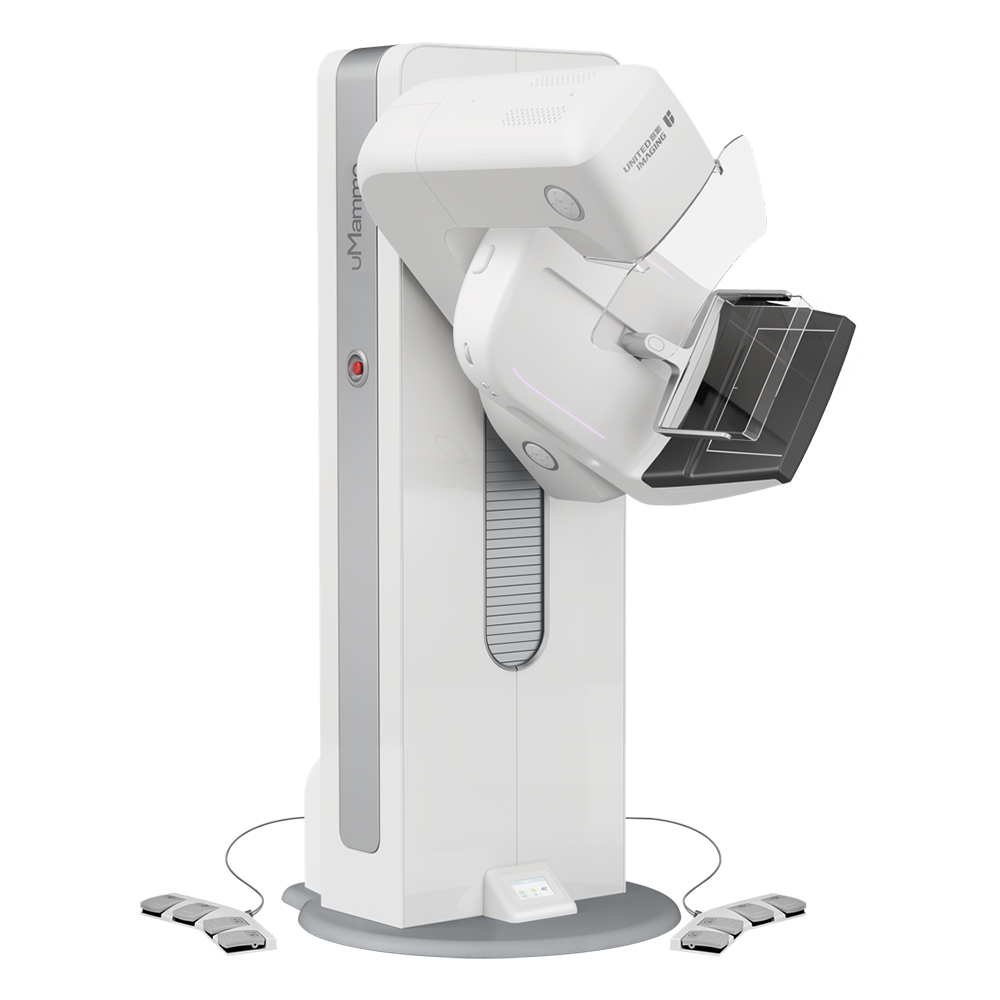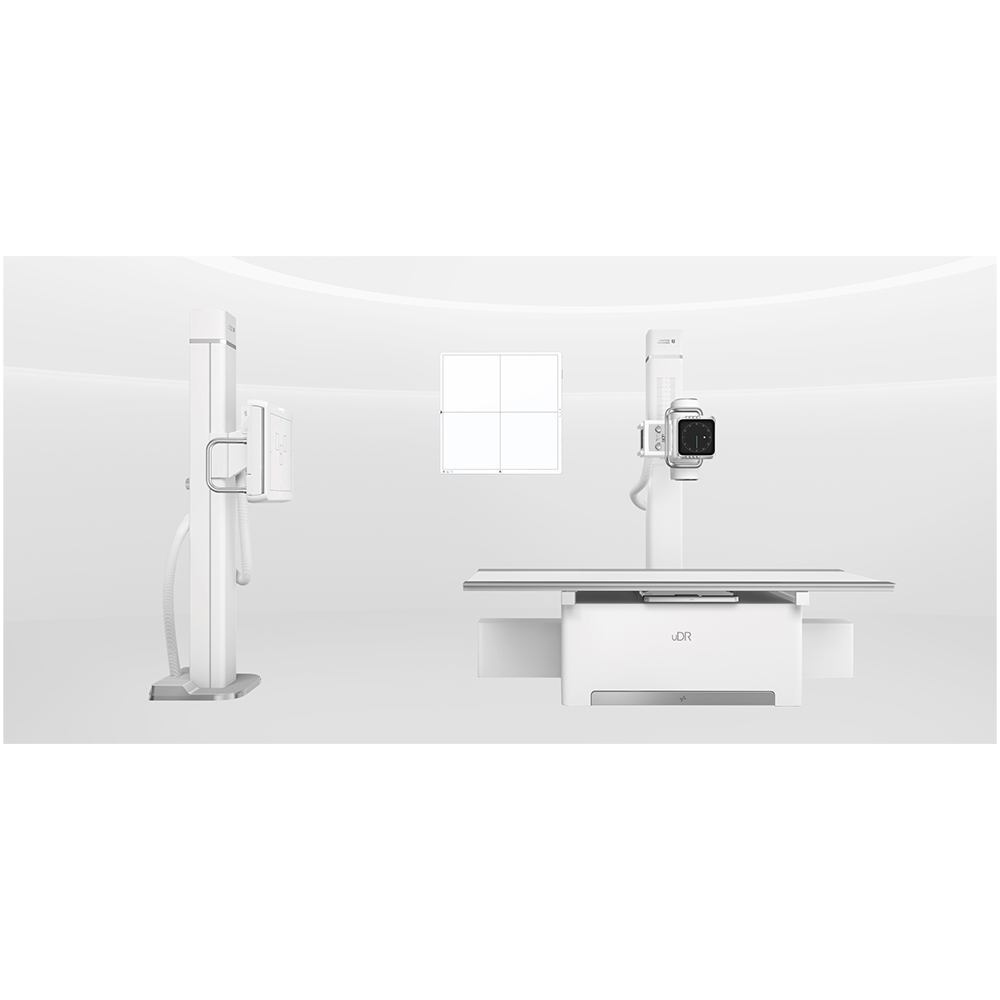
As natural mineral water becomes the main source of daily drinking water, the safety of mineral water has received more and more attention. The new National Standard for Drinking Natural Mineral Water[1] was formally implemented on October 1, 2009. Among them, the microbial indicators increased the incidence of Pseudomonas aeruginosa, Streptococcus faecalis, and Clostridium perfringens. The detection of bacteria, while eliminating the total number of bacteria, aims at emphasizing the microbiological safety of products and is in line with international standards.
Chlorine dioxide has a strong oxidation effect, and it does not produce an alternative reaction of chlorine, so it will not produce carcinogenic, distorted organic chlorinated products. It is classified by the United Nations Health Organization (WHO) as an A1 safety disinfectant [2]. ]. Peracetic acid is a widely used acidic oxidizing disinfectant, which can be used for the disinfection of pipes, tools, packaging, tableware and the environment of general objects and food processing machinery, and has been widely used in various fields[3] ]. Therefore, mineral water manufacturers often use chlorine dioxide and peracetic acid disinfectant for the disinfection of recycling bins.
Studies have shown that [4 ~ 5], in China's natural mineral water sources, the positive rate of Pseudomonas aeruginosa is about 20% to 25%; and Streptococcus faecalis and Clostridium perfringens are indicators of water pollution . Therefore, in the production process, due to some reasons such as cross-contamination, recycling bins may also carry these pathogenic bacteria. The purpose of this paper is to study the killing effect of chlorine dioxide and peracetic acid on these three indicators of the health of the mineral water, so as to provide reference for the disinfection concentration and time of the two disinfectants in the actual production, to prevent the incomplete disinfection. Caused a health and safety accident.
1 Materials and Methods
1.1 Disinfectant preparation
The stability of chlorine dioxide and peracetic acid disinfectant used in the test was provided by Guangdong Kaikai Microbial Technology Co., Ltd. Stabilized chlorine dioxide is a binary formulation. After activation for 10 min with disinfectant:activator=10:1 (v/v), the effective content of chlorine dioxide is determined according to the five-step iodometric method [6]. Diluted to the required concentration for use. Peracetic acid disinfectant is a one-component preparation. The effective content of peracetic acid is determined according to the indirect iodine method [7] (GB/T 19104-2006) and then diluted to the required concentration for use.
1.2 bacterial suspension preparation
The test organisms were Pseudomonas aeruginosa (ATCC 15442), Streptococcus faecalis (ATCC 25912) and Clostridium perfringens (ATCC 13124). Pseudomonas aeruginosa and Streptococcus faecalis were excised from a fresh culture (18-24 h) on a nutrient agar medium and washed with phosphate-buffered saline (PBS) on the slant lawn and diluted to prepare a test concentration suspension. Clostridium perfringens was directly taken from a fresh culture (18-24 h) in a broth broth and diluted with PBS to prepare a test concentration suspension.
1.3 Neutralizing agent identification test
The test bacteria were Pseudomonas aeruginosa, Streptococcus faecalis, and Clostridium perfringens. Six groups were set up for the test, and tests were carried out according to the neutralizing agent qualification test procedures specified in the “Disinfection Technical Specifications†(2002 Edition)[8]. The result is judged.
1.4 Suspension Quantitative Bactericidal Test
The test was carried out in a water bath at 20 °C. According to the Quantitative Bactericidal Test for Suspension in "Disinfection Technical Specification" (2002 edition), add 0.5 mL of bacterial suspension to a large sterilized test tube, add 0.5 mL of organic interference substance (3% bovine serum albumin), and mix. . Add 4.0 mL of the corresponding concentration of disinfectant and apply it for a predetermined time. Take the mixture of 0.5 mL to 4.5 mL of the neutralizer, mix it, neutralize it for 10 min. Gradient dilution, take 1.0 mL inoculated sterile dishes, pour agar medium and mix. Among them, Pseudomonas aeruginosa and Streptococcus faecalis use tryptone soy agar (TSA) medium, and Clostridium perfringens uses sulfite polymyxin sulfadiazine agar base (SPS basis) medium. After the medium was coagulated, Pseudomonas aeruginosa and Streptococcus faecalis were cultured at 37 °C for 48 h. Clostridium perfringens was anaerobically cultured at 37 °C for 48 h. Results were observed. The number of plate colonies was counted and the kill rate was calculated. The test was repeated 3 times.
2 results
2.1 Neutralizing agent identification test results
Neutralizing agent identification test represented by three test strains showed that the neutralizing agent was composed of PBS solution containing 2 g/L sodium thiosulfate + 3 g/L lecithin + 10 g/L Tween 80, The residual effect of chlorine dioxide and peracetic acid disinfectant can be effectively neutralized. Neutralizer and neutralizing product have no effect on the test bacteria and the culture medium.
2.2 Suspension quantitative sterilization test results
Different concentrations of chlorine dioxide and peroxyacetic acid have different killing effects against Pseudomonas aeruginosa, Streptococcus faecalis, and Clostridium perfringens. Experiments have shown that chlorine dioxide is against Pseudomonas aeruginosa, Streptococcus faecalis and The conditions for killing 100% of C. perfringens were 50 mg/L for 1 min (the results are not listed in Table 1), 35 mg/L, 3 min and 35 mg/L for 3 min. The peroxyacetic acid disinfectant 100 mg/L for 3 min or 200 mg/L for 1 min could kill 100% of the three pathogenic bacteria.
3 Discussion
Chlorine dioxide and peracetic acid are oxidizing disinfectants. They have a broad-spectrum, high-efficiency and fast killing characteristics of various microorganisms. From the test results, these two types of pathogenic bacteria added to the health indicators of mineral water have a good bactericidal effect, and can effectively kill these microorganisms at a lower concentration and in a shorter time. However, it is generally believed that the bactericidal effect of chlorine dioxide is significantly affected by organic matter, but this may be related to the type and concentration of organic matter [3]. Similarly, the bactericidal effect of peracetic acid is more or less affected by organic matter. Therefore, in the actual use process, in the production process of barreled drinking water, an effective cleaning must be performed before the recycling barrel is sterilized, so as to reduce the content of organic matter, thereby ensuring the disinfection effect.
Pseudomonas aeruginosa can be detected in many sources of water, and it is highly susceptible to drug resistance. Its mechanism of drug resistance is complex and has become a model strain for the study of microbial resistance. From the test results, the resistance of Pseudomonas aeruginosa to chlorine dioxide and peroxyacetic acid was also stronger than that of Streptococcus faecalis and Clostridium perfringens. Therefore, in the production process, the detection of Pseudomonas aeruginosa should be strengthened.
Clostridium perfringens is a food-borne pathogen that can produce spores, and its spores live longer in the water than in the larger intestinal flora and are resistant to disinfectants. Due to the long survival time of C. perfringens spores, it is most suitable as an indicator of intermittent pollution and long-term contamination. Therefore, it is more practical to study the killing effect of chlorine dioxide disinfectant on the spores of Clostridium perfringens.
references
[1] Drinking natural mineral water. The national standard of the People's Republic of China GB 8537-2008.
[2] Bailian. Chlorine dioxide preparation and application. Science and Technology Information, 2006, 5: 56~57.
[3] Editor-in-Chief of Xue Guangbo. Modern disinfection. Beijing. People's Military Medical Press, 2002, 359, 384.
[4] Deng Meiqing, Zhang Jumei, Guo Weipeng, et al. Study on the contamination status of Pseudomonas aeruginosa in mineral water. Chinese Journal of Health Inspection, 2009, 11: 2672~2673.
[5] Ma Qunfei, Lin Jian, Chen Meilan, et al. Drinking natural mineral water source Pseudomonas aeruginosa pollution investigation. China Water Supply Hygiene, 2000, 8(4): 36~38.
[6] Chlorine dioxide disinfectant sanitation standard. The national standard of the People's Republic of China GB26366-2010.
[7] Peracetic acid solution. National Standard of the People's Republic of China GB/T 19104-2008.
[8] Department of Health Law and Supervision, Ministry of Health. Disinfection technical specifications. Beijing. Ministry of Health of the People's Republic of China, 2002.
Digital Radiography made affordable, Created to meet the needs of community to hospitals and private radiology practices, it enables the price-sensitive customers to join the drive to go digital.The versatile floor mounted radiography system enables you to go from film to CR to DR. Flooe-mounted easy for installation and operation.
The United-imaging is floor mounted system comprises a radiographic table with integral floor guide rail and a wallstabd. Requiring little room preparation, it is easy to install.
United-imaging according to the international advanced processing mode and standardlize design. the parts are made with precision CNC machine and moulding. Which adopt high degree of standardized, reasonable and compact structure. With reliable, durable and elegant appearance and advanced processing technology.




X-Ray Digital Machine,X-Ray Digital Machine In Medical,X-Rays Digital Medical Machine,Medical X-Ray Digital Imaging Machine
Shanghai Rocatti Biotechnology Co.,Ltd , https://www.shljdmedical.com